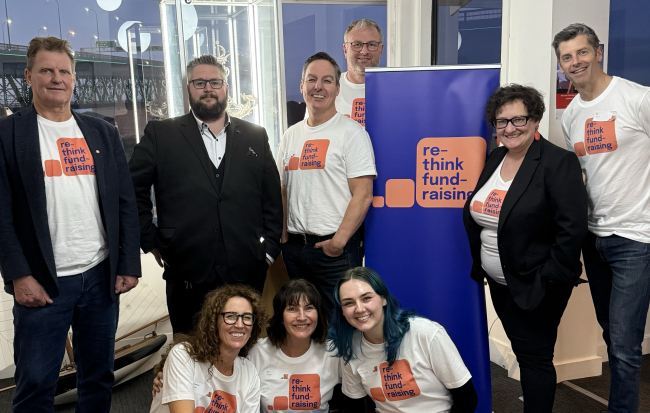
In fundraising, we can often default to the basics: first name, donor type, maybe a acknowledging their last gift. But our supporters are more than data points — they’re people with stories, motivations, and milestones. We can use data to connect more deeply with supporters.
Instead of simply opening with “Dear Karen,” What if we said: “Karen, thank you for standing with us for seven years. We know you believe our organisation is making a difference in life-saving cancer research. We’re so grateful for your support. You made your last gift just six months ago, helping fund life-changing research, and today, we need you again.”
Here we are going beyond standard personalisation, using the data that you most likely hold in your fundraising CRM.
What have you got already — and are you using it?
- First name: Still powerful, especially in subject lines and calls to action.
- Donor type: Regular giver, bequestor, fundraiser — tailor your messaging and donation ask accordingly.
- Last gift date: Signals recency, urgency, and is specific.
- Gift frequency and volume: Recognise loyalty, celebrate milestones, and suggest upgrades.
- Length of support: Builds legacy messaging and affirms long-term commitment.
- Preferred channel: Direct mail, email, SMS: acknowledge how they prefer to hear from you.
- Campaign history: Reference past impact, build continuity and trust.
- Event attendance or volunteering: Acknowledge involvement and invite deeper engagement.
What you can start capturing mid-term
- Donor motivations: Why they give, captured via surveys or staff conversations.
- Emotional triggers: What moves them: open-text answers work well.
- Legacy intentions: Soft pledges or interest in bequests.
- Preferred impact area: Discover what part of your organisation they feel most passionate about.
- Life stage or milestones: Giving anniversaries, birthdays, retirement, and more.
- Feedback on past communications: What worked, what didn’t, what could be improved.
How to collect this data from your supporters
While this might take time to implement, here is some additional content you can start gathering (if you’re not already doing so). This information might come from in-person interactions, phone calls, or surveys. And if you don’t run surveys yet, consider starting one.
- Supporter surveys: Keep them short, warm, and purposeful.
- Staff interactions: Build a culture of note taking, even 2–3 tags per call help.
- Donation forms: Add optional fields like “Why are you giving today?”
- Email engagement: Track clicks and replies to infer interest areas.
The more you show your supporters that you know and value them, acknowledge their support and why, thank them, and share content that’s relevant to their interests, the more likely they are to engage with you and remain loyal. So, make use of the data you hold about your supporters, stay curious to learn more about them, and store this key information for future use.


